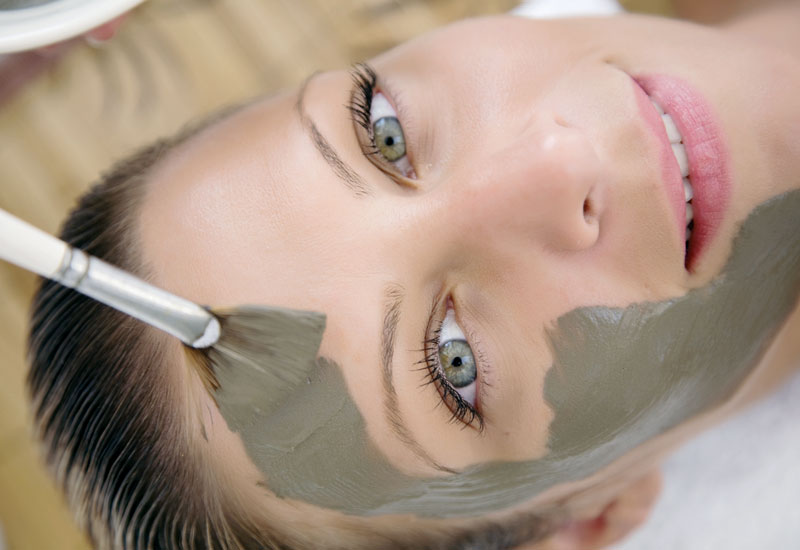 The industry voted for a second year running that best practices are the number one problem for spas globally.
The industry voted for a second year running that best practices are the number one problem for spas globally.
An unprecedented and unparalleled amount of new wellness research was presented and discussed at the 2010 Global Spa Summit in Istanbul. Louise Oakley outlines the key findings
The fourth annual Global Spa Summit, held in Istanbul for the first time this year, provided spa professionals with a historic amount of new and important industry research. From vital statistics to consumer trends and benchmarking to delegate surveys, the information conveyed was invaluable to spa managers and hoteliers who are looking to develop their wellness offering.
And while challenges are still there — the industry voted for the second year running that definitions, standards and best practices remain the number one problem facing spas globally — the impact of economic downturn has started to positively affect spa operators.

Advertisement
As GSS board member and SpaFinder.com founder Susie Ellis commented: “The new research presented concurs that not only is the economic turnaround now re-energising the global spa economy, but that a more extraordinary, long-term opportunity is looming: to dramatically increase our industry’s stake in the massive health and wellness markets.
“I’ve attended each summit and I’ve never felt such a sense of momentousness, energy and optimism — such a creative focus on the future and the big picture — and a willingness to break our industry ‘out of its box’ and explore new models, new customers, new partnerships and new technologies.”
A round-up of the research that ignited Ellis’ positive conviction is presented below.
Spas and The Global Wellness Market by SRI International
Commissioned specifically for the GSS, Spas and The Global Wellness Market aims to, following investigation of market forces, highlight key areas of opportunity and intersection where the spa industry can take advantage of growth and partnership opportunities in a myriad of wellness related sectors and provide recommendations on how spa operators can capitalise on these. It included a survey completed by 1077 consumers and 319 spa professionals.
Key findings
- ‘The Wellness Cluster’ is a US $1.9trillion global industry comprising:
Spa — $60 billion
Complementary and alternative medicine — $113 billion
Healthy eating/Nutrition/Weight loss — $277 billion
Preventative/Personalised health —
$243 billion.
Wellness tourism — $106 billion
Medical tourism — $50 billion
Workplace wellness — $31 billion
Fitness and mind-body — $390 billion
Finally, beauty and anti-aging is responsible for $679 billion.
- SRI estimates that there are 289 million wellness consumers in the world’s 30 most industrialised and wealthy countries.
- 83% of spa professionals use the term wellness in their business; almost all consumers are aware of the term.
- 81% of consumers are “extremely” or “very interested in improving their personal wellness and will seek to do this via 1) exercise, 2) eat better, and 3) visit a spa.
- 71% of consumer respondents said they would be “much more likely” or “somewhat more likely” to visit a spa if they learned that a series of research studies demonstrated spa treatments deliver measurable health benefits.
- Nine out of 10 industry respondents plan to make wellness-related investments in the next five to 10 years. Almost all of them believe their business will see growth from these investments, and 70% expect their wellness-related investments to lead to more than 10% revenue growth.








 Search our database of more than 2,700 industry companies
Search our database of more than 2,700 industry companies









